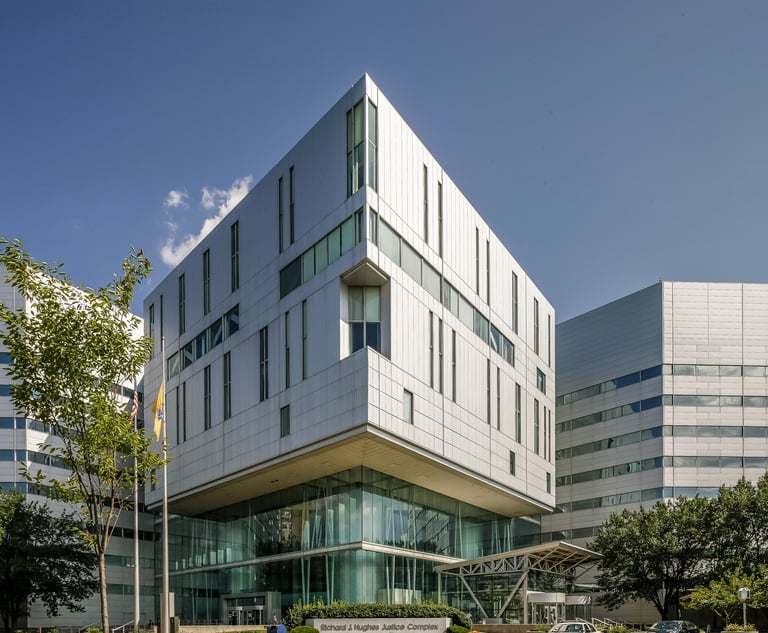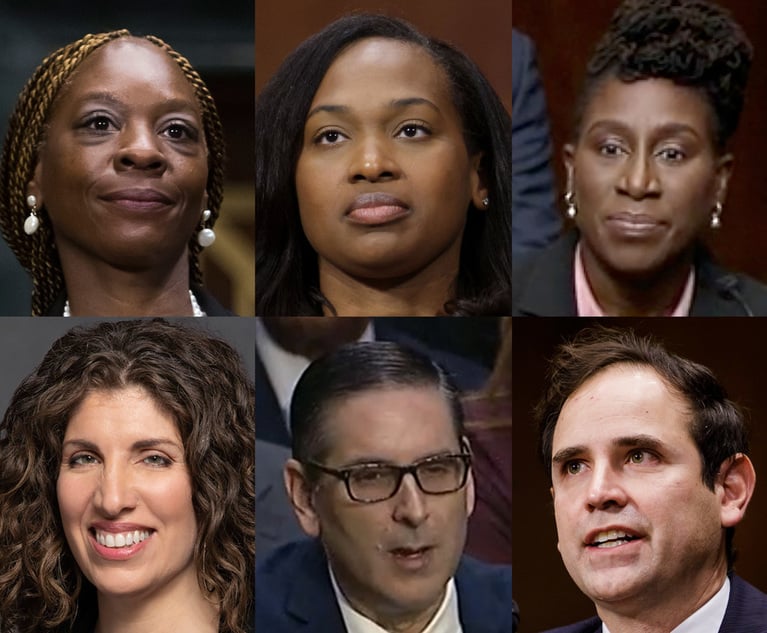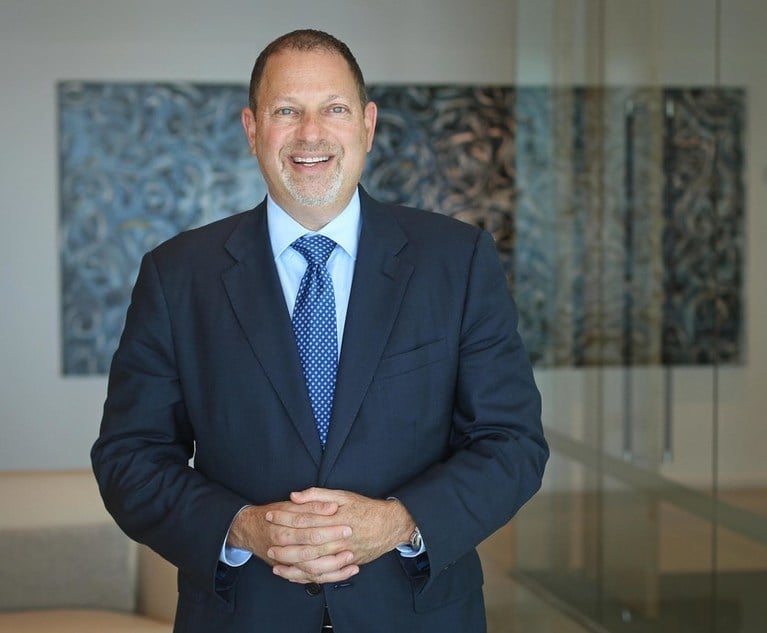There is an inherent conflict between a patient’s right to know what happened, and the medical profession’s desire to investigate adverse outcomes without having the results used in a malpractice case. This conflict was perhaps first acknowledged in Steiginga v. Thron, 30 N.J. Super. 423, 425 (App. Div. 1954), where the court observed:
The circumstances of the case must be looked at in the light of—the matter is of sufficient public concern to call for plain speaking—a shocking unethical reluctance on the part of the medical profession to accept its obligations to society and its profession in an action for malpractice.
Other cases spoke of the “community of silence” that has long existed in the medical community. See, e.g., Largey v. Rothman, 110 N.J. 204, 212 (1988) (citing Louisell and Williams, Medical Malpractice §22.12 (1987)). This conflict has long been a source of ligation. See, McClain v. Coll. Hosp., 99 N.J. 346 (1985); Christy v. Salem, 366 N.J. Super. 535 (App. Div. 2004); C.A. v. Bentolila, 219 N.J. 449 (2014); and, most recently, Brugaletta v. Garcia, N.J. (2018).


 Gina Sanders – Fotolia
Gina Sanders – Fotolia




